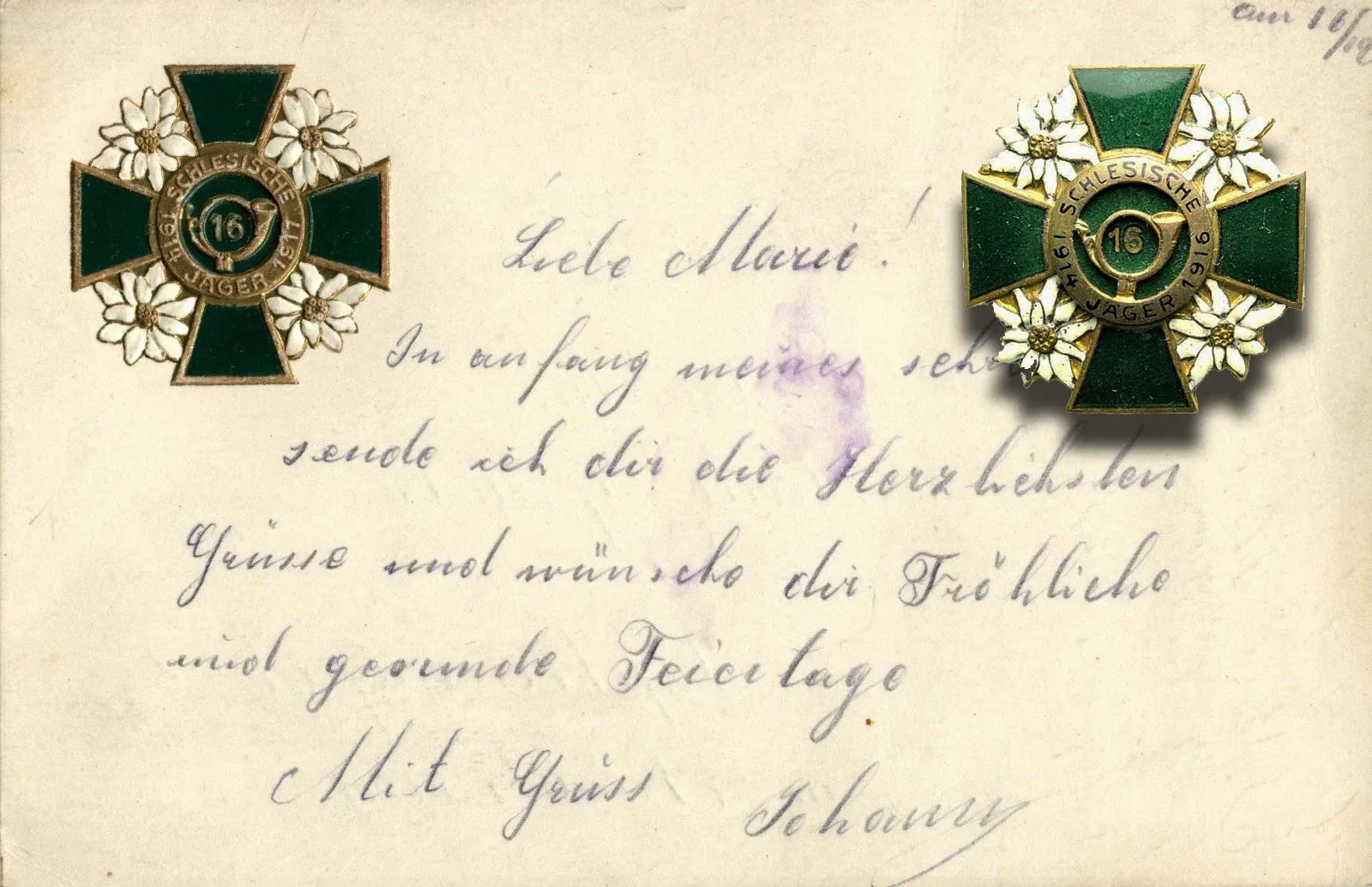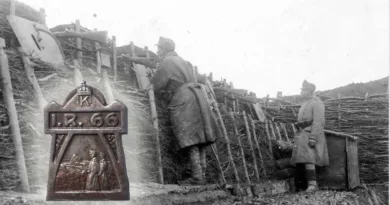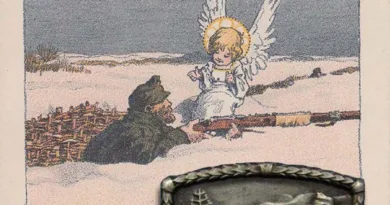16th Jäger Battalion
The Monarchy used some of the Jäger battalions concentrated in higher units. For example, the 16th Jäger Battalion, formed in Silesia in 1849, was assigned to the 16th Infantry Brigade, along with 4 other similar battalions. The brigade was part of the 30th Infantry Division. The battalion cadre was stationed in Troppau, the center of the military recruitment area. The name of the city today is Opava. As a result of Silesia’s postwar partition, it was allocated to Czechoslovakia. In the national composition of the battalion the majority was German, the Czech nationality was one-third.
As part of the 30th Division, the 16th Silesia Jägers were assigned to the 7th Army for most of the war. First to the Marschall Corps, later to the Hadfy Corps. This army defended Bukovina from 1915 to 1917. Bukovina was liberated in 1918 following the Russian collapse. The division was transferred to Ukraine, where it performed occupation duties. In the summer of 1918, at German request, the Monarchy deployed troops to the Western Front. Of these, the 35th Division arrived there and participated in the fighting. The 30th Division was withdrawn from Ukraine in the autumn of 1918. It was sailed in Odessa and arrived in Hungary on the Braila, Orsova, Belgrade route. That’s where the war end found them. The unit didn’t make it to France.


The battalion has two eminently enameled Kappenabzeichen. One forms the Greek and the other the Latin cross. The stems of the cross are surrounded by edelweiss. The middle disc has the battalion’s name and number, as well as years. The years of the Greek cross was 1914-1916, and the Latin cross was 1914-1917. Interestingly, the introductory field post card’s badge with a Greek cross shows the year 1917. It is possible that this badge was prepared with both years.




